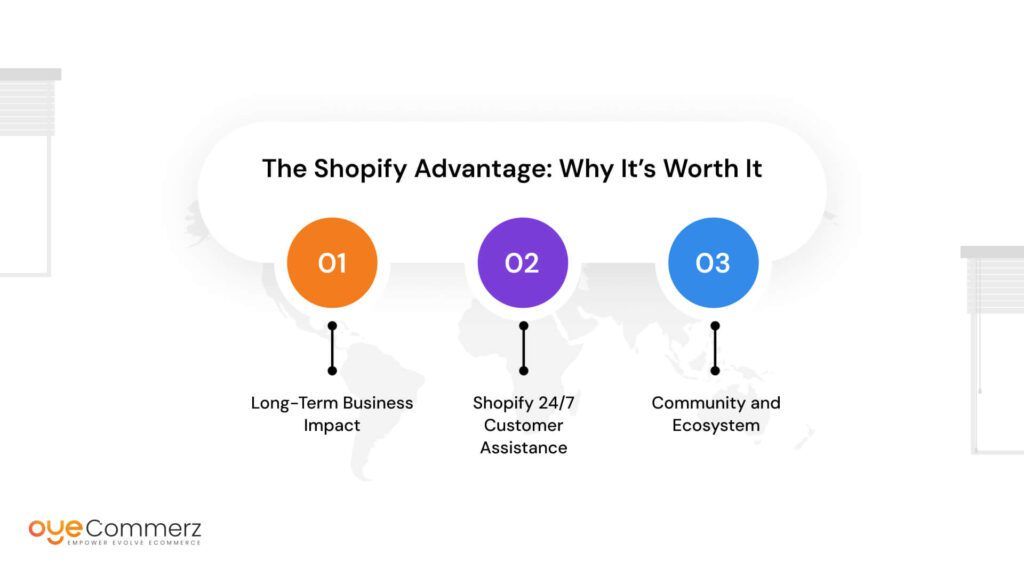In today's online environment, selecting the right e-commerce solution is essential for enterprise success. If you're currently utilizing Wix but thinking about a switch to Shopify, you're not alone. Many companies are transitioning to Shopify to leverage its powerful capabilities, scalability, and dedicated e-commerce solutions. This article will walk you through the migration process, ensuring a smooth move and preparing you for e-commerce success.
Why Migrate from Wix to Shopify?
Before exploring the transition process, it's essential to understand why Shopify might be a better choice for your e-commerce needs:
- E-commerce Focus: In contrast to Wix, which caters to various use cases, Shopify is engineered exclusively for e-commerce, offering advanced tools and functionalities optimized for digital commerce.
- Scalability: As your business grows, Shopify can easily accommodate increased visitor volumes and transactions capacity without compromising efficiency.
- Extensive App Library: Shopify offers a vast library of apps that can boost your store's functionality, from advertising solutions to stock control options.
- Search Engine Optimization: Shopify provides superior SEO tools, which can assist in boosting your store’s presence on Google and others.
- Payment Options: With numerous payment gateways supported, including Shopify Payments, you can provide shoppers a variety of payment methods.
Preparing for Transition
To guarantee a smooth migration from Wix to Shopify, follow these preparation guidelines:
1. Backup Your Data
Download all your data from Wix, including item information, user data, and transaction logs. This process is vital as it guarantees you have a backup of everything before starting the transfer.
2. Select a Pricing Option
Evaluate the different Shopify subscriptions available and choose one Business success that aligns with your company’s needs. Take into account factors such as transaction fees, features included, and scalability options.
3. Create Your Shopify Profile
Register your Shopify profile and explore the platform’s interface and features.
The Transition Process
Now that you are ready, it’s time to migrate your store from Wix to Shopify. Here’s how:
1. Import Products
Utilize Shopify's integrated import tool or external tools like Cart2Cart or LitExtension to transfer your products from Wix to Shopify.
Ensure that item details, images, prices, and variants are correctly transferred.
2. Transfer Customer Data
Upload client details such as names and email addresses into your new Shopify store. This step is vital for maintaining customer relationships and marketing efforts.
3. Configure Transactions
Set up payment gateways in your Shopify store to guarantee smooth payments. You can choose from various platforms like credit cards, PayPal, and others.
4. Customize Your Store Design
Choose a design that aligns with your business image. Customize it using Shopify's design tools to create an attractive and intuitive shopping experience.
5. SEO Optimization
Apply SEO best practices during the transition process:
- Configure 301 redirects from old Wix URLs to new Shopify URLs.
- Optimize item names, descriptions, and images with relevant keywords.
- Update meta tags and alt texts for better search engine visibility.
After Migration Steps
Once your store is active on Shopify, follow these follow-up steps:
1. Test Your Store
Perform comprehensive testing of your new store:
- Verify item listings for accuracy.
- Verify transaction methods.
- Ensure all hyperlinks work correctly.
2. Promote Your Store
Announce your new store launch through newsletters and social platforms. Shopify migration
Think about offering special offers or discounts to draw shoppers.
3. Monitor Performance
Use analytics tools within Shopify to monitor revenue growth and user activity.
Adjust your strategies based on performance analytics.
Conclusion
Migrating from Wix to Shopify can significantly enhance your e-commerce capabilities and lay the foundation for growth and achievement. By adhering to this manual and taking a systematic approach to the migration process, you can guarantee a smooth move that minimizes downtime and boosts opportunities for revenue. Embrace the change and see your online store thrive on its new platform!
